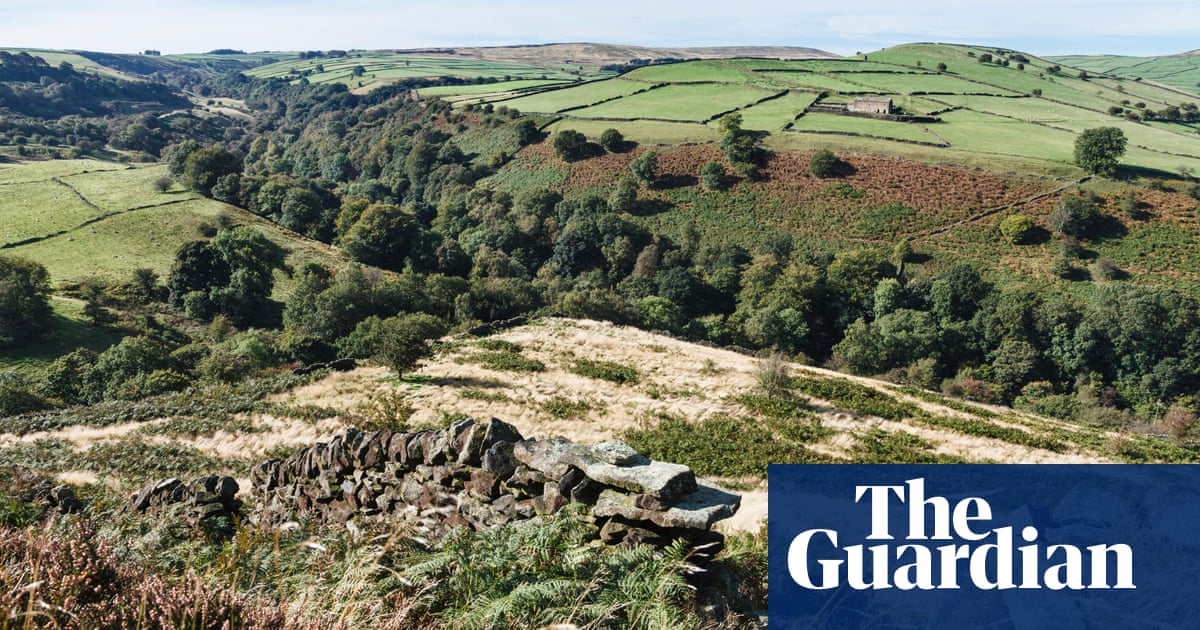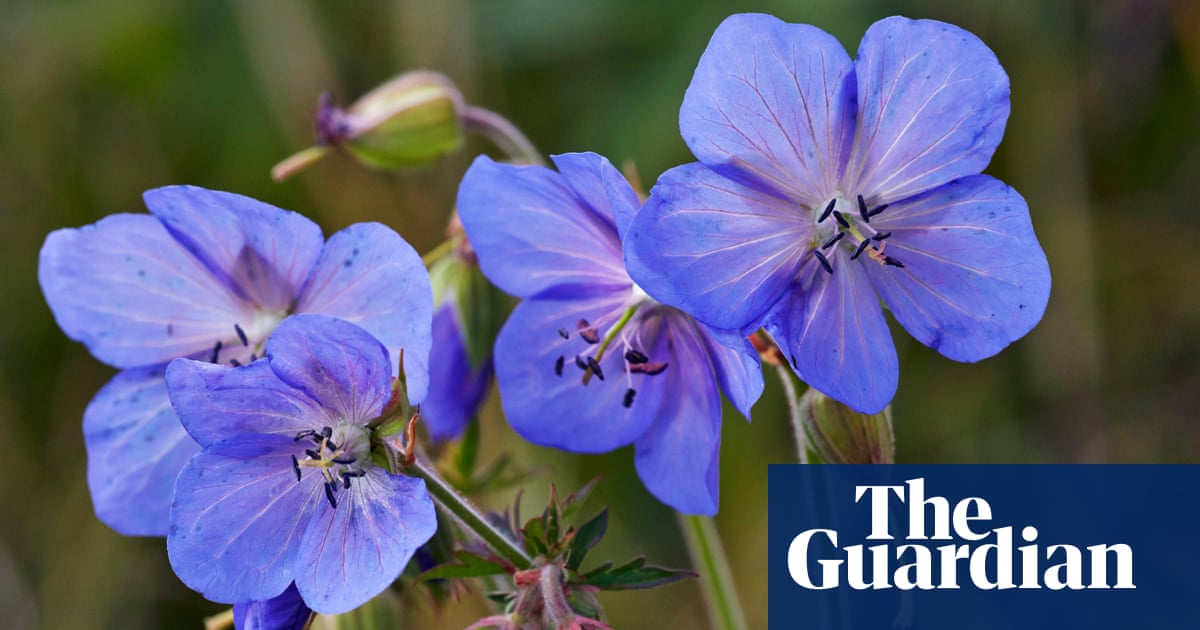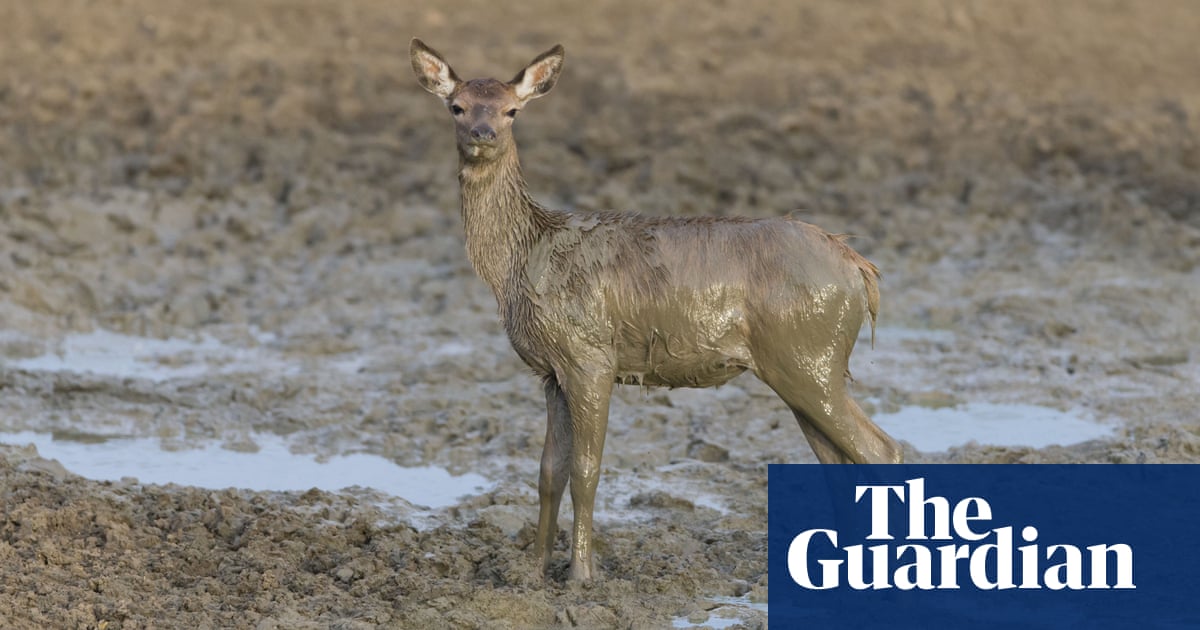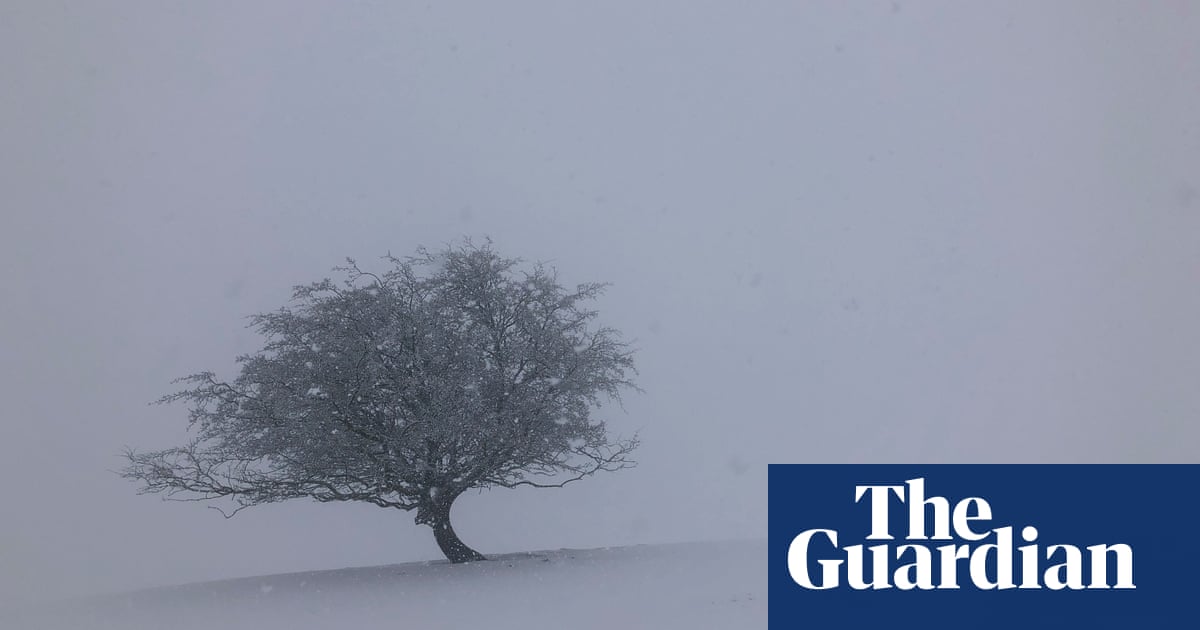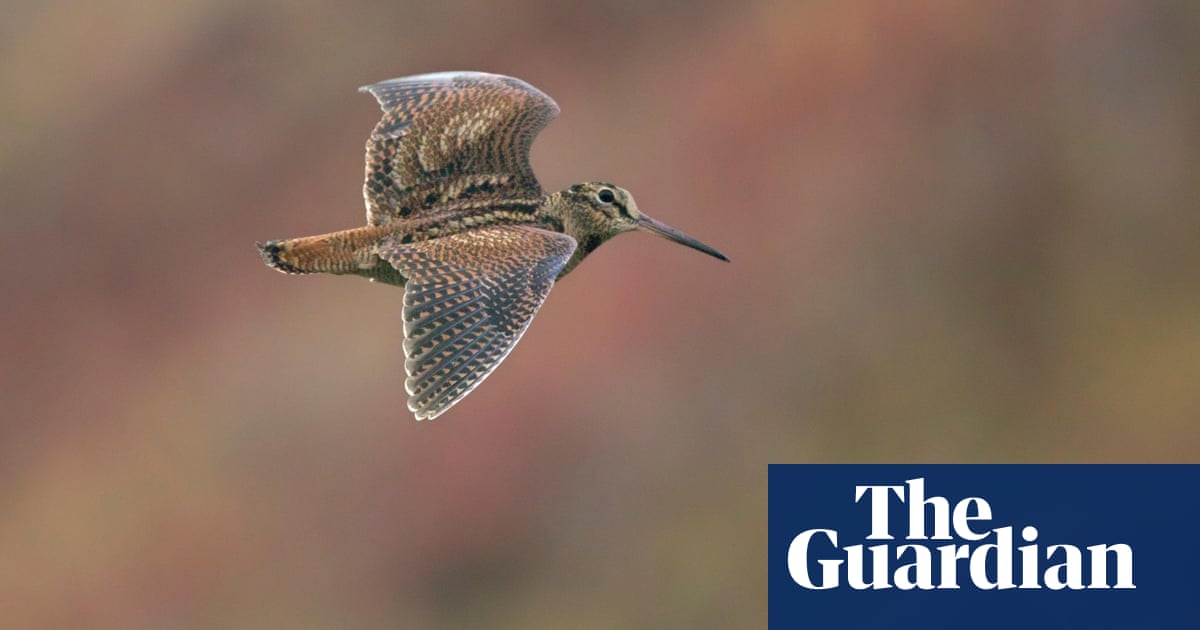
Alid of pale grey was clamped on the world and, as afternoon wore on, showed little sign of lifting. The light then began to leave as it had arrived: a dim glow leaching back into the dark. Still, better to travel hopefully, and so I crossed the moors at dusk to Stanage in time to see the cloud’s western fringe slide a little, revealing the sun setting behind Manchester and bathing the grey crags in light the colour of marmalade.
The moor beneath High Neb and the old packhorse causeway at this time of year is largely dead bracken, which in this light seemed to glow with bronze heat. The white clumps of molinia turned to honey. The underside of the cloud was brightly apricot, deepening to purple and indigo as the sun slipped away. And to think I might have missed this.
Something magical can happen on moorland at twilight. At some point you stop looking at the light and start hearing it instead. The sun’s afterglow seems to hum with a sort of low-frequency vibration that opens you up and stills the mind. Which is good, because suddenly there were other things to hear – birds mostly, a noisy wren in a small knot of scrub at the base of a flush of wet ground, meadow pipits, a distant tawny owl to-wooing, and sliding overhead an anvil-tailed raven whose sweetly sad cronk faded into the gathering night.
But there was another call, deeper than the raven’s, a sort of froggy croak. This being early February, it seemed too soon for a courting woodcock, but that’s what it sounded like – and this slice of moor, perched above an oak-filled valley, is good habitat, with cover for nests and open wet ground for feeding. I’d certainly seen them here before. And then, dragging myself away and back to the car, a dumpy silhouette sprang from the marshy ground and lifted into the darkening sky, the woodcock’s broad, pointed wings outstretched, its broadsword of a bill hidden behind a swelling belly, perfectly made for this otherworld.




